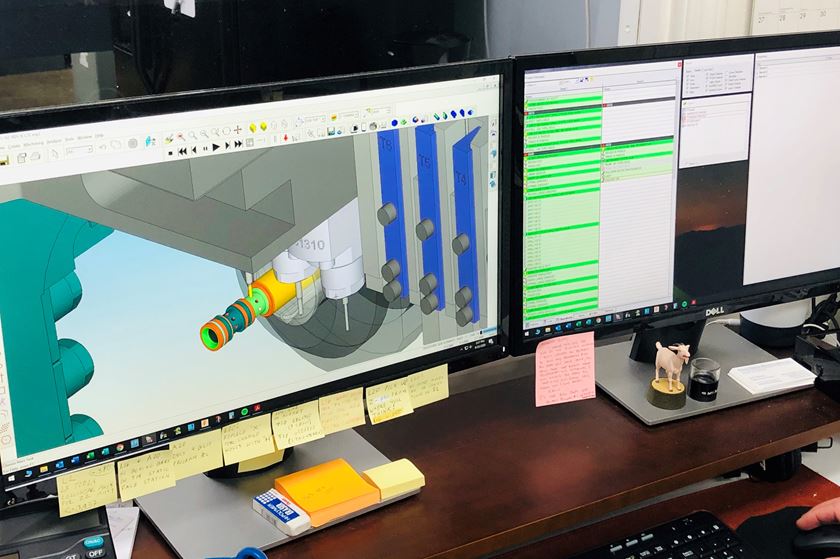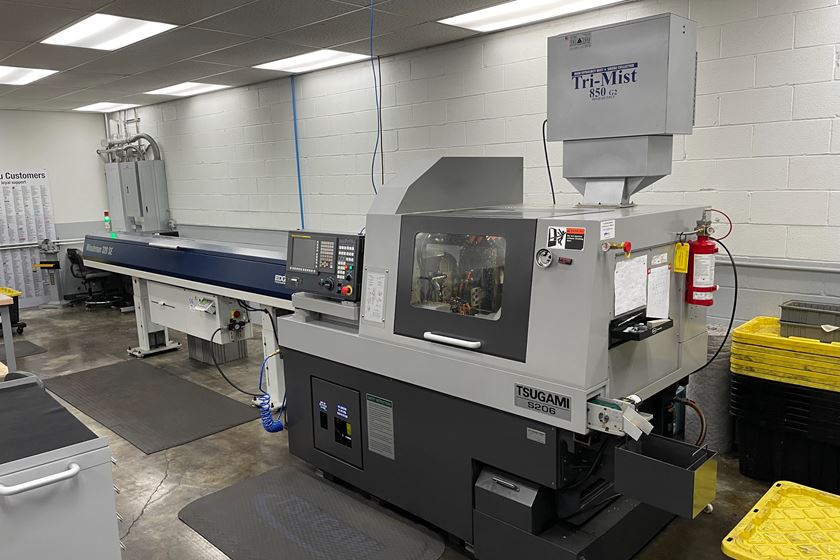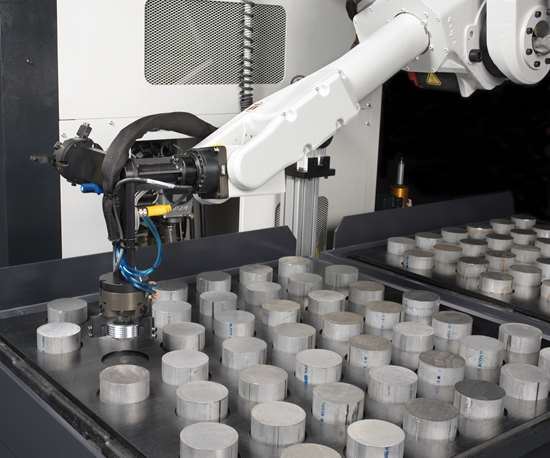Create a Customer-Focused Culture
Recently, a major airline garnered world-wide attention because it had a passenger (paying customer) forcibly removed from an overbooked flight. Almost immediately, the video shot by fellow passengers showing the incident went viral across social media. Images of the passenger being dragged down the aisle by his arms and legs by three security officers, amongst the loud protests of fellow passengers, played non-stop for several days. The incident damaged the reputation of the airline, as well as its stock price.
The attitude exhibited at the time by the employees and the CEO was that the company had the right to treat the passenger this way, and the passenger should have willingly given up his seat. They claimed the company was within its rules and regulations to behave this way. This attitude, apparently ingrained throughout the company, is not focused on customers, but instead focused on policies.
Companies like this train their employees, who when faced with challenging customer situations, to say to that customer, “I’m sorry, I can’t do that. It’s against company policy.”
相反,companies should be doing—regardless of the industry—is hiring people who have strong customer service skills in their DNA to interact with the clients. This core belief system, already ingrained within the employee, will be a platform for a customer-focused decision-making process.
Then the company can infuse DNA with training, which empowers and encourages the employees to solve problems for customers in the moment, teaching them to think about the customer experience first, in conjunction—or possibly despite—the rules and policies.
Customer service isn’t a department—it’s a philosophy. Every decision is made with the customer in mind. With proper training, every employee understands the role he or she plays in the customer experience.
For this to work, the organization must move from being focused on rules to being focused on the customer. All decision-making is done with the customer in mind. That doesn’t mean that businesses can’t make decisions that the customer might not like such as raising prices or eliminating a service offering. It means customer responses and feelings are proactively anticipated, good or bad, and the employees are trained to deal with those responses.
Once trained, employees are empowered and encouraged to come up with solutions to help their customers. They can give customers what they want and need, within reasonable and established boundaries.
There is a recipe for creating an organization that is focused on the customer experience beyond all else. The process is simple to understand and requires unwavering discipline to execute.
It all starts at the top.The leadership team must be 100-percent committed to creating a customer-focused culture. They define what the culture will look like, and then lead by example.
Our house, our rules.What is your company’s customer-focused culture points? This requires training on all levels, catered to their responsibilities and roles in the company. Customer service basics, such as being nice, easy to work with, providing a timely response and never go out of style.
The right players for our team.It goes without saying that you must have the right employees. They must be on board and be in alignment with your customer-focused culture and philosophies.
Empower the masses.Management must take the leap of faith and empower their team. Demonstrate that empowered employees don’t have to go to their boss every time they need to make a customer-focused decision that is outside of the norm.
Stories from the front line.When employees make decisions, both good and bad, share them as teachable moments within the organization. Other employees will learn from their peers on what is and is not acceptable.
In the end, it’s about a customer-focused culture, not policy. While these steps may seem like common sense to many of us, they are not necessarily easy to implement.











